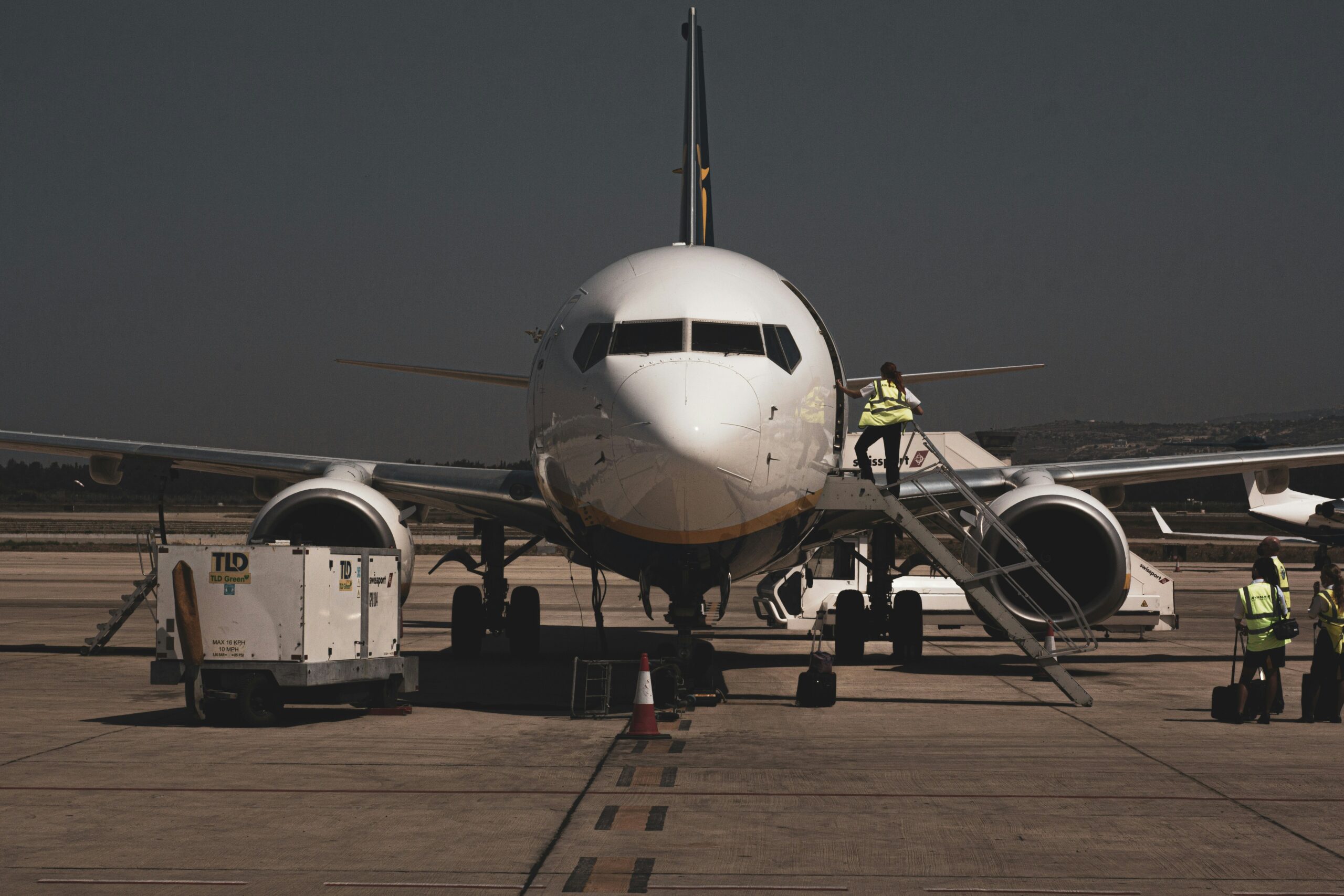In modern aviation, safety and reliability depend heavily on how well aircraft systems are designed, tested, and maintained.
As avionics software becomes increasingly complex, the industry relies on globally accepted standards to ensure consistency and compliance.
One such standard is ARINC 625, which plays a critical role in software verification and validation within the aviation sector.

What is ARINC 625?
ARINC 625 is a technical standard developed by Aeronautical Radio, Inc. (ARINC) to define procedures for the test equipment used in avionics software verification. Specifically, it establishes guidelines for how software loading and testing should be performed on airborne systems, ensuring that all tests follow a consistent methodology across different platforms and manufacturers.
Simply put, ARINC 625 provides a common framework for testing avionics software, making it easier for regulators, airlines, and manufacturers to maintain compliance and achieve certification.

Why is ARINC 625 Important?
Consistency in Testing- Following ARINC 625 ensures that test results are consistent and reliable across different equipment and environments, making issue detection easier.
Regulatory Compliance- It helps manufacturers meet FAA, EASA, and other aviation authority requirements by providing standardized verification methods aligned with safety guidelines.
Interoperability- A common testing process allows OEMs, suppliers, and airlines to collaborate effectively, ensuring test data is easily shared and understood across the industry.
Reduced Certification Burden- By aligning with standards like DO-178C, ARINC 625 streamlines verification, reducing the time, effort, and complexity involved in certification without compromising safety.

ARINC 625 and Avionics Software Verification
The primary role of ARINC 625 is to define how avionics software is tested and validated before integration into aircraft systems. It ensures that the tools and procedures used in these tests are themselves validated, meaning they provide accurate and repeatable results.
This is particularly important when considering critical systems such as flight control, navigation, or communication, where software errors could directly affect flight safety. ARINC 625 helps establish confidence that these systems have been tested against recognized benchmarks.

Relationship with Other Standards
ARINC 625 doesn’t exist in isolation. It works alongside other critical aviation standards to ensure that software verification supports safety, reliability, and certification requirements across the industry.
DO-178C (Software Considerations in Airborne Systems): Provides guidelines for developing and certifying airborne software, ensuring it performs reliably in all conditions.
ARINC 615A: Specifies how data, including software updates and configurations, is securely and efficiently loaded onto avionics systems.
ARINC 653: Focuses on real-time operating systems, defining how tasks are partitioned and scheduled to maintain safe and uninterrupted operations.
By integrating with these frameworks, ARINC 625 plays a vital role as the verification backbone. It helps ensure that software testing is thorough and aligned with industry standards, ultimately supporting safety, interoperability, and streamlined certification throughout the aerospace ecosystem.

Challenges in Implementing ARINC 625
While ARINC 625 provides essential standardization for avionics testing and certification, organizations often encounter several challenges:
Complexity of modern avionics software- Advanced aircraft systems require robust and adaptable test setups capable of simulating real-world conditions and validating complex interfaces.
High initial investment in compliant test equipment- Implementing ARINC 625 standards involves significant upfront costs for specialized hardware, simulation tools, and training.
Continuous updates to meet evolving regulations- As aviation technologies and certification requirements change, organizations must regularly update their test frameworks to stay compliant and maintain safety.
Despite these challenges, the long-term benefits far outweigh the costs. Standardization improves interoperability, testing efficiency, and traceability, while ultimately enhancing safety and streamlining certification processes, making it a worthwhile investment for aerospace organizations.

The Future of ARINC 625
As aircraft become increasingly digital and interconnected, ARINC 625 is expected to evolve in step with these advancements.
Emerging trends such as AI-driven testing methods, greater automation in verification processes, and seamless integration with digital twin environments are likely to influence the development of future versions of the standard. These innovations will enable more efficient testing, faster issue detection, and improved system optimization throughout the aircraft lifecycle.
By embracing these technologies, ARINC 625 will continue to play a critical role in ensuring that next-generation aviation systems meet the highest standards of safety, reliability, and regulatory compliance, while also supporting more agile and cost-effective certification processes.

Conclusion
ARINC 625 may appear to be just a technical guideline, but its impact on the aviation industry is far-reaching and significant.
By standardizing the processes for software verification and validation, it provides a structured framework that helps ensure avionics systems operate safely, reliably, and consistently across different platforms. This level of standardization is crucial in an industry where even minor software errors can have serious consequences.
For aerospace engineers, manufacturers, and regulatory bodies alike, having a solid understanding of ARINC 625 is not merely advantageous, it’s essential. It helps streamline development cycles, improve interoperability, and support certification efforts, all while reinforcing the safety and performance standards that the aviation sector depends on.





